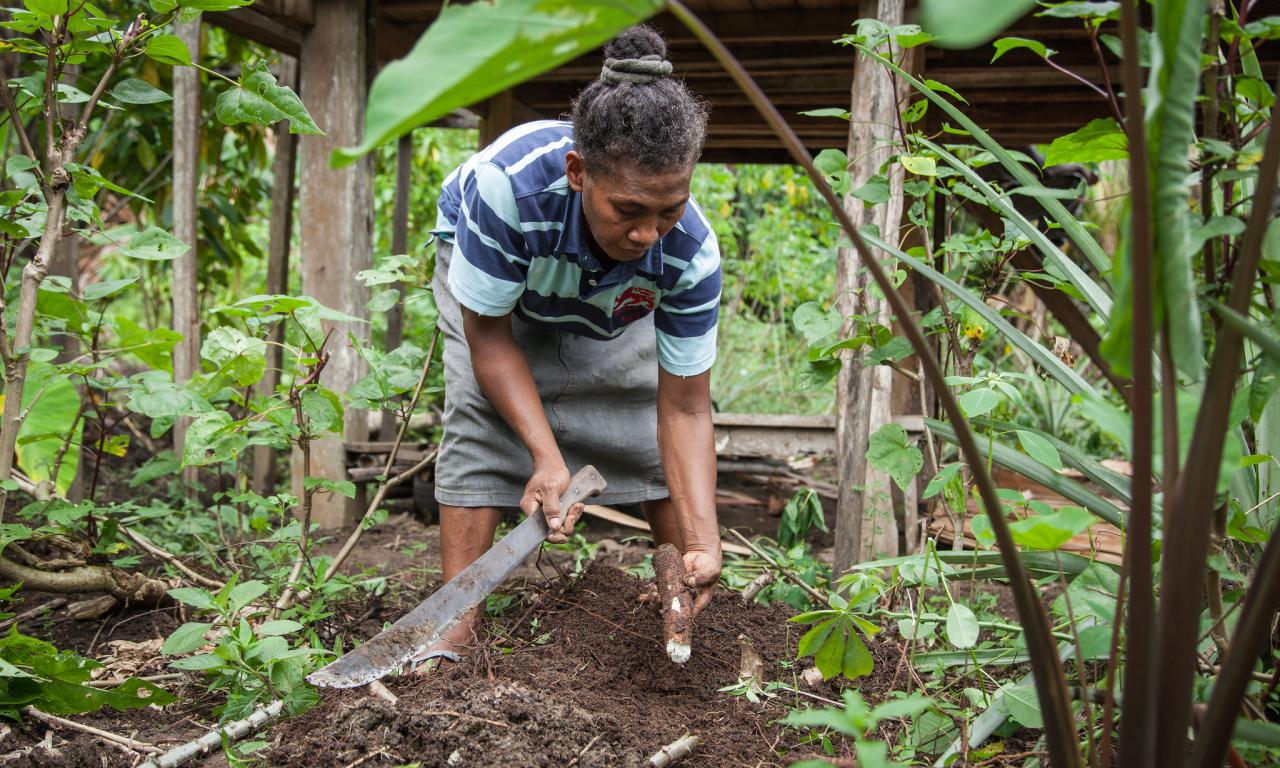
- New research reveals how livelihood diversification projects are not always an effective mechanism for poverty reduction and improved sustainability
- Livelihood diversification projects have mixed outcomes that are largely shaped by local socioeconomic conditions
Livelihood diversification is often touted as an all-encompassing solution to sustainable development. However, despite large-scale investments in this strategy, the evidence of impacts from diversification processes remains scarce. To better guide future policies, researchers are now working to gather evidence from current livelihood diversification projects and assess the impacts of interventions on the ground.
Thus far, the results of such livelihood interventions have been mixed or inconclusive. This was evidenced in a newly published literature review that explored the impacts of livelihood diversification projects on small-scale fisheries globally, finding the impacts more ambiguous than expected. More diverse livelihoods are generally assumed to reduce fishing pressure and fisherfolk's economic vulnerability, but the findings of the review contradict this prevailing line of thought.
Generally, in aquatic food systems, livelihood diversification processes seek to enable fishers, fish farmers and fish workers to earn a livelihood both within the fisheries sector and outside of it. This diversification approach could include fisherfolk raising chickens during seasonal fishing bans in Bangladesh, or women forming sewing co-ops as a supplementary income generating activity. The idea is to give people access to alternative income generating activities while taking pressure off scarce natural resources.
While such projects are intended to support local communities, the review instead found that projects implementing livelihood diversification projects were more likely to report that livelihoods were either unimproved or had mixed outcomes (54 percent) than they were to report improved livelihood outcomes (45 percent).
The authors also found that the majority of projects and research initiatives failed to consider environmental conservation goals and benchmarks, which are theoretically one of the main drivers behind the push for livelihood diversification.
“We need to be more rigorous in the evaluation of the impacts of livelihood diversification projects, in order to determine what works and what doesn’t and better pursue more effective routes towards poverty eradication and sustainability,” said Hampus Eriksson, the paper’s co-author and interim lead for WorldFish at the Solomon Islands.
Inconsistent results
In low- to middle-income countries, rural people often employ a diverse portfolio of livelihood activities across multiple sectors. This has led to a prevailing consensus that people with diverse livelihood activities are more resilient than those who rely on a single or few sources of food and income.
In terms of small-scale fisheries, livelihood diversification is also promoted as a way to reduce pressure on overexploited capture fisheries by offering fishers, fish farmers and fish workers alternate income sources.
However, the literature review determined there were persistently inconsistent results for livelihood diversification processes to contribute to improved livelihoods and better ecological outcomes in small-scale fishing communities.
Some of this inconsistency can be attributed to the broad usage of this concept, which lacks a standardized definition and method—leading livelihood diversification to act as more of an umbrella term for a catalogue of approaches.
Furthermore, in practice, there are multiple pathways to achieve a diversified portfolio of livelihood activities and each contains a unique set of trade-offs for people in different contexts. Diversification also often involves making choices between economic development and resource conservation.
The paper's authors concluded that local sociocultural context must be considered in livelihood diversification projects; what works for one community may not work for another. It is also apparent that there is a significant need for a more rigorous evaluation of impacts from diversification processes, particularly as they relate to ecological outcomes.
“There is still much to learn about the concept of livelihood diversification and important questions about how and for whom livelihood diversification should be promoted,” said Eriksson.
